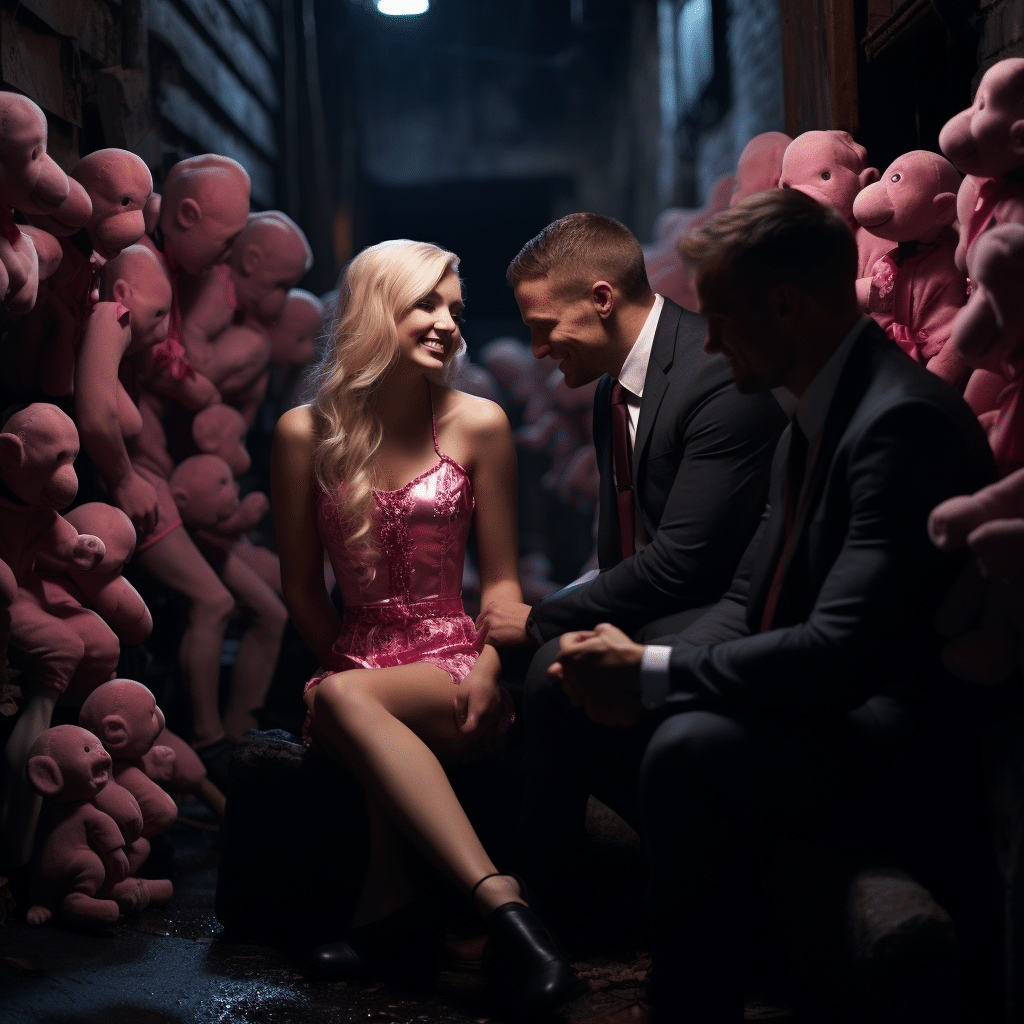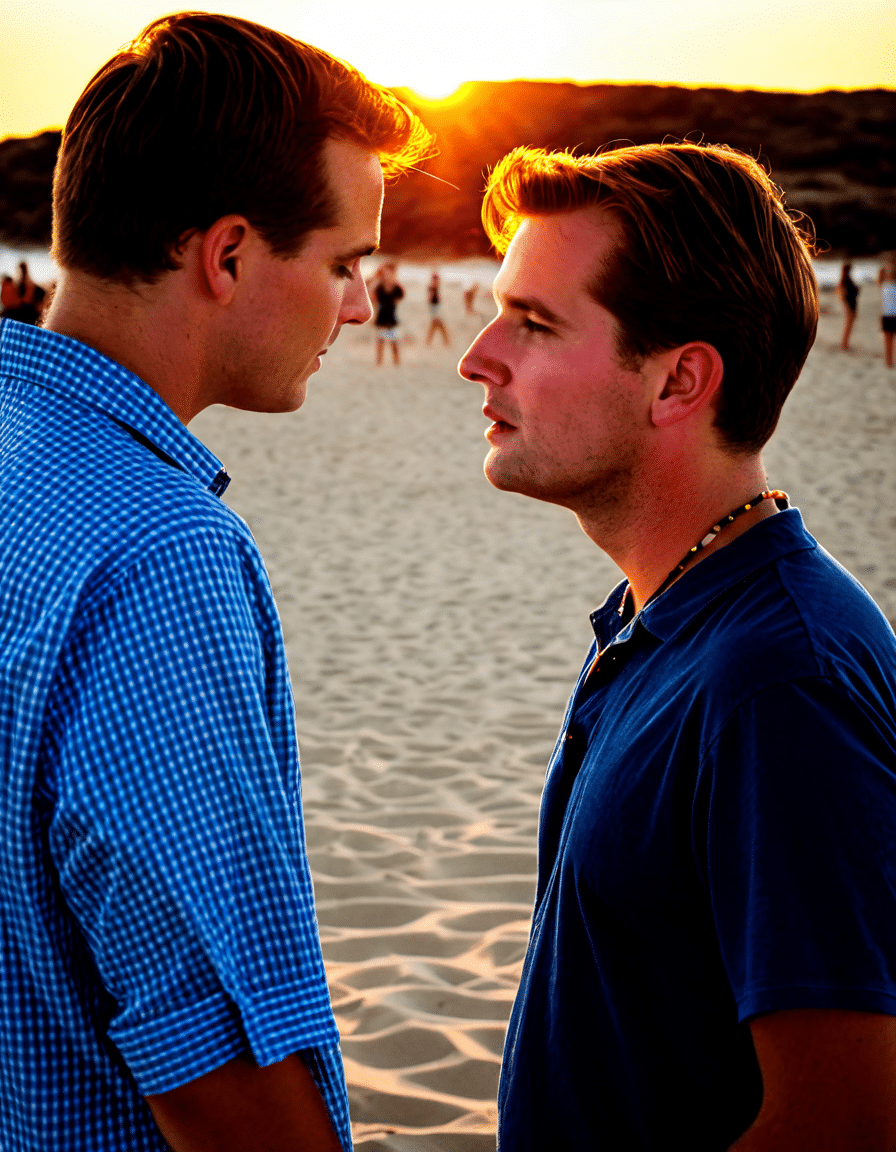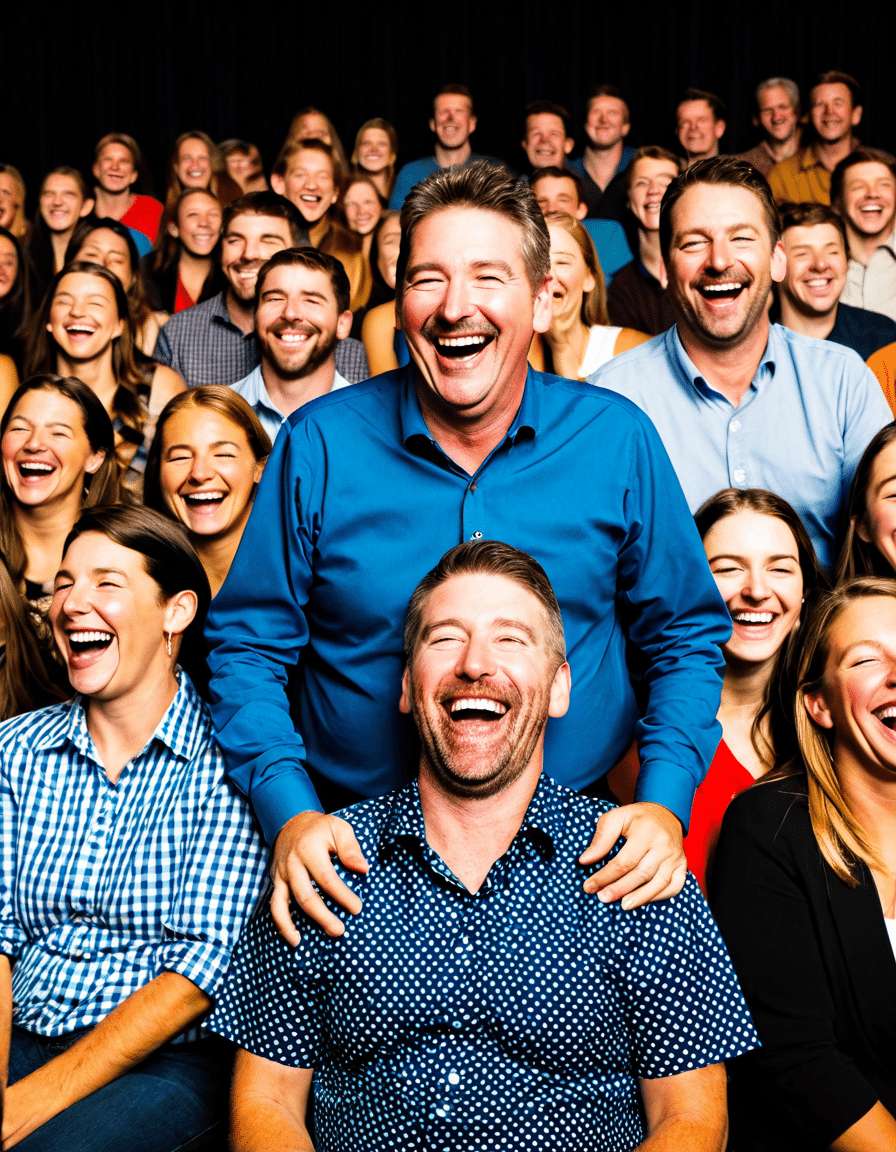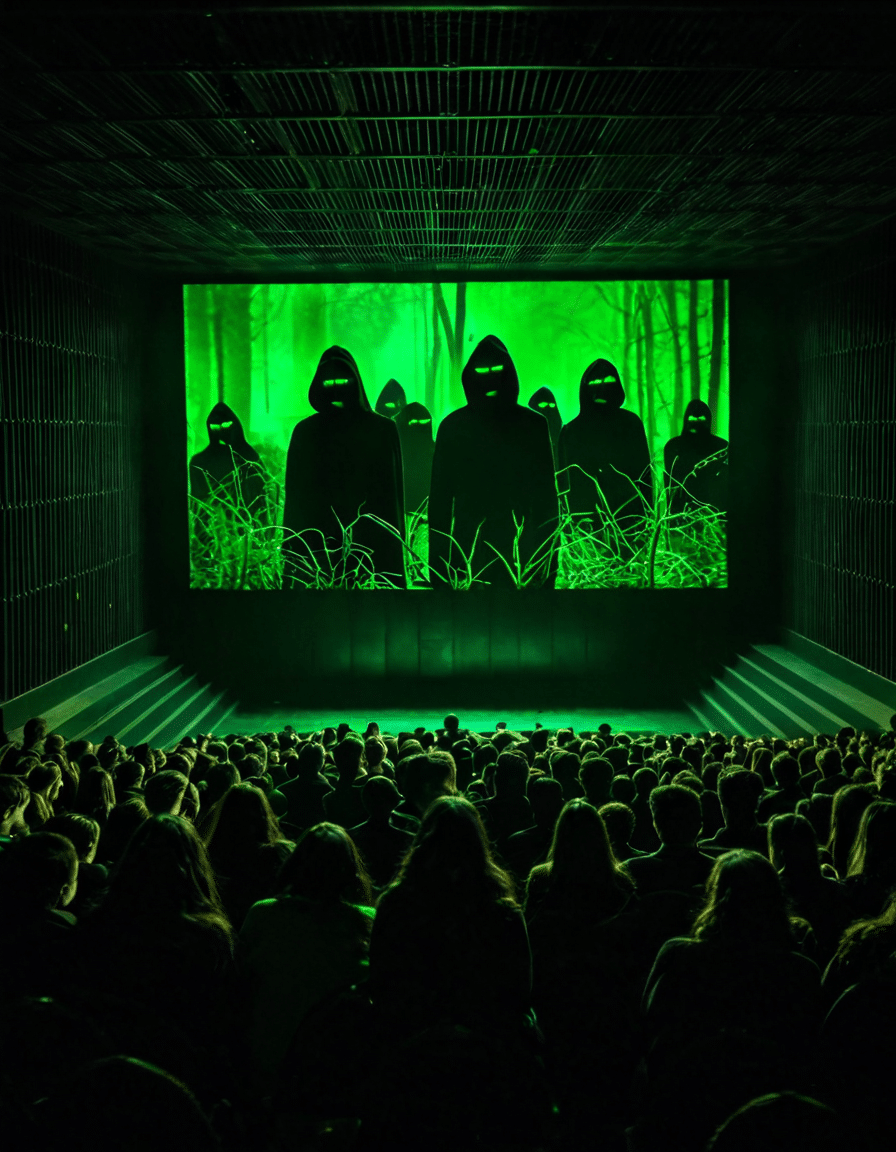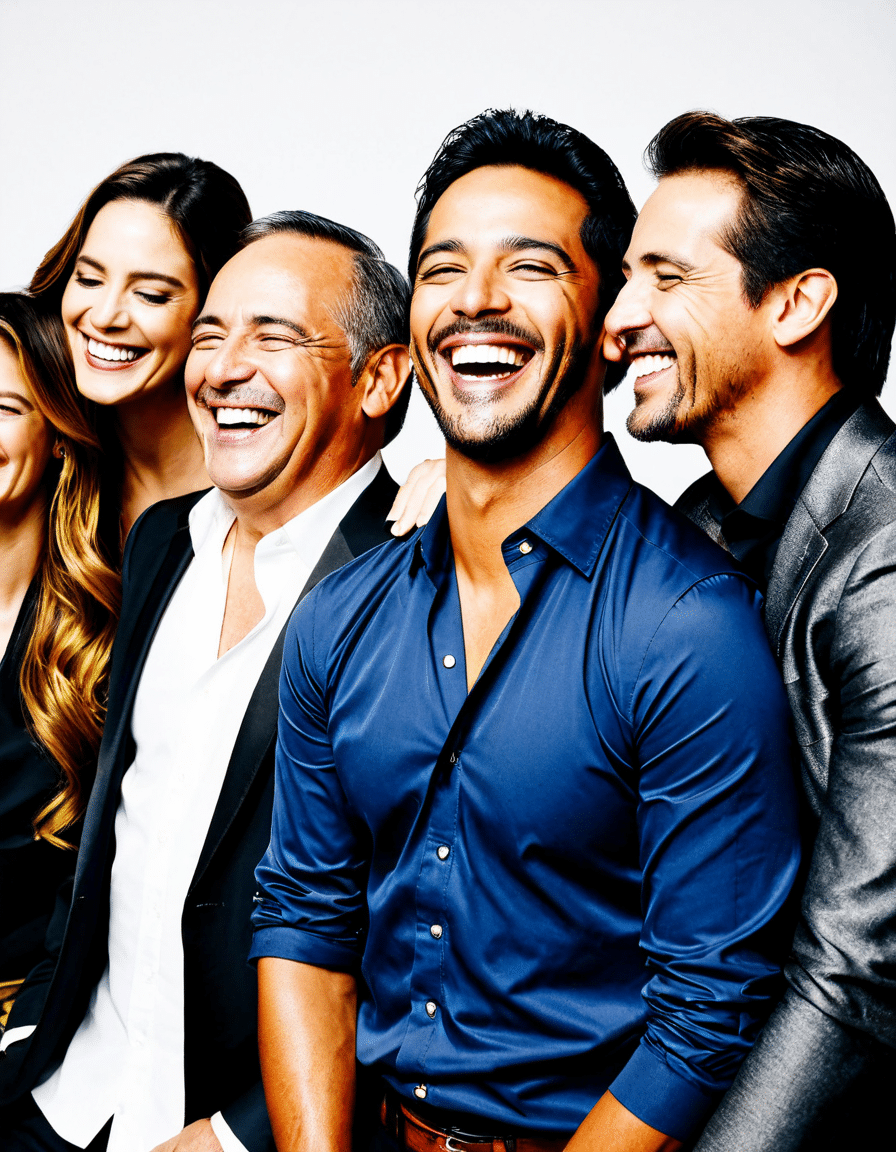From the early flickers of silent cinema to the multimedia landscapes of modernity, the portrayal of sexual violence – specifically, rape scenes – has emerged as one of the most contentious elements on screen. Controversy trails these depictions like a tenacious shadow, engendering fervent debate across societal and artistic avenues. Yet, rape scenes have undeniably colored the fabric of cinema history, a challenging motif that warrants a critical and contemplative lens. Diving into this nuanced dialog, we will unravel the layers of impact that rape scenes have crafted within the folds of cinematic storytelling.

Navigating the Controversy: The Emergence of Movie Rape Scenes

The Artistic Debate: When Is a Movie Rape Scene Justified?
| Aspect of Consideration | Description/Facts |
| Historical Context | Initially, often implied or off-screen due to strict film codes and censorship. |
| Censorship and Ratings | Ratings such as NC-17, R, or X given for explicit content, influencing viewership and distribution. |
| Impact on Audience | Can be significant and triggering; could lead to distress, controversy, or change in discourse. |
| Filmmaker’s Responsibility | Directors and writers must consider the necessity and intention of portraying such scenes. |
| Consent and Actor Safety | Implementation of intimacy coordinators and clear consent protocols for filming sensitive scenes. |
| Audience Content Warnings | Films typically include disclaimers or warnings about graphic content for viewer discretion. |
| Industry Guidelines | Motion pictures associations provide guidelines; some countries have specific laws regulating content. |
| Psychological Impact | Can perpetuate trauma for survivors and influence societal perceptions. Studies request mindful representation. |
| Educational Value | When handled carefully, can raise awareness about the severity and consequences of sexual violence. |
| Alternative Narrative Techniques | Options to suggest or imply incidents without graphic depictions to reduce potential harm to audience and actors. |
Infamous Examples: Movie Rape Scenes That Shook Audiences
Trauma On and Off Screen: The Reality of Filming Rape Scenes
Behind The Lens: Cinematic Techniques in Depicting Rape Scenes
Insights from the Survivors: Rape Survivors’ Perspectives on Rape Scenes
A Sociological Lens: The Ripple Effect of Rape Scenes on Society
From the Margins to the Mainstream: Rape Scenes and Genre Movies
The Paradigm Shift: Modern Movie Rape Scenes and Changing Attitudes
Ethical Storytelling in the Modern Era: Moving Forward with Rape Scenes in Cinema
Reframing Perspectives: The Future of Addressing Rape in Film
Fusing the Threads: How Cinema’s Darkest Depictions Can Light the Way to Greater Awareness
The tapestry of cinema – with its chiaroscuro of human experience – is uniquely positioned to influence and be influenced by the currents of culture. Rape scenes, among its most difficult facets, have historically served as a reflection of societal norms and an instigator of change. As we ponder the lessons of the past and the promise of the future, these depictions compel us to confront and, perhaps, to comprehend the unfathomable. It is through this creative lens, this passionate interrogation of humanity’s darkest moments, that film can illuminate the path to a more empathetic, aware society.
The ethical onus rests squarely with creators to navigate these treacherous waters with care, vision, and the deepest sense of responsibility. As we look to cinema to continue its storied tradition of storytelling, may it do so with a reverence for the power of its own medium, and for the lives and truths it represents.
In the embrace of honest and humane art, there lies the potential for cinema not only to cast shadows but also to light the way.
